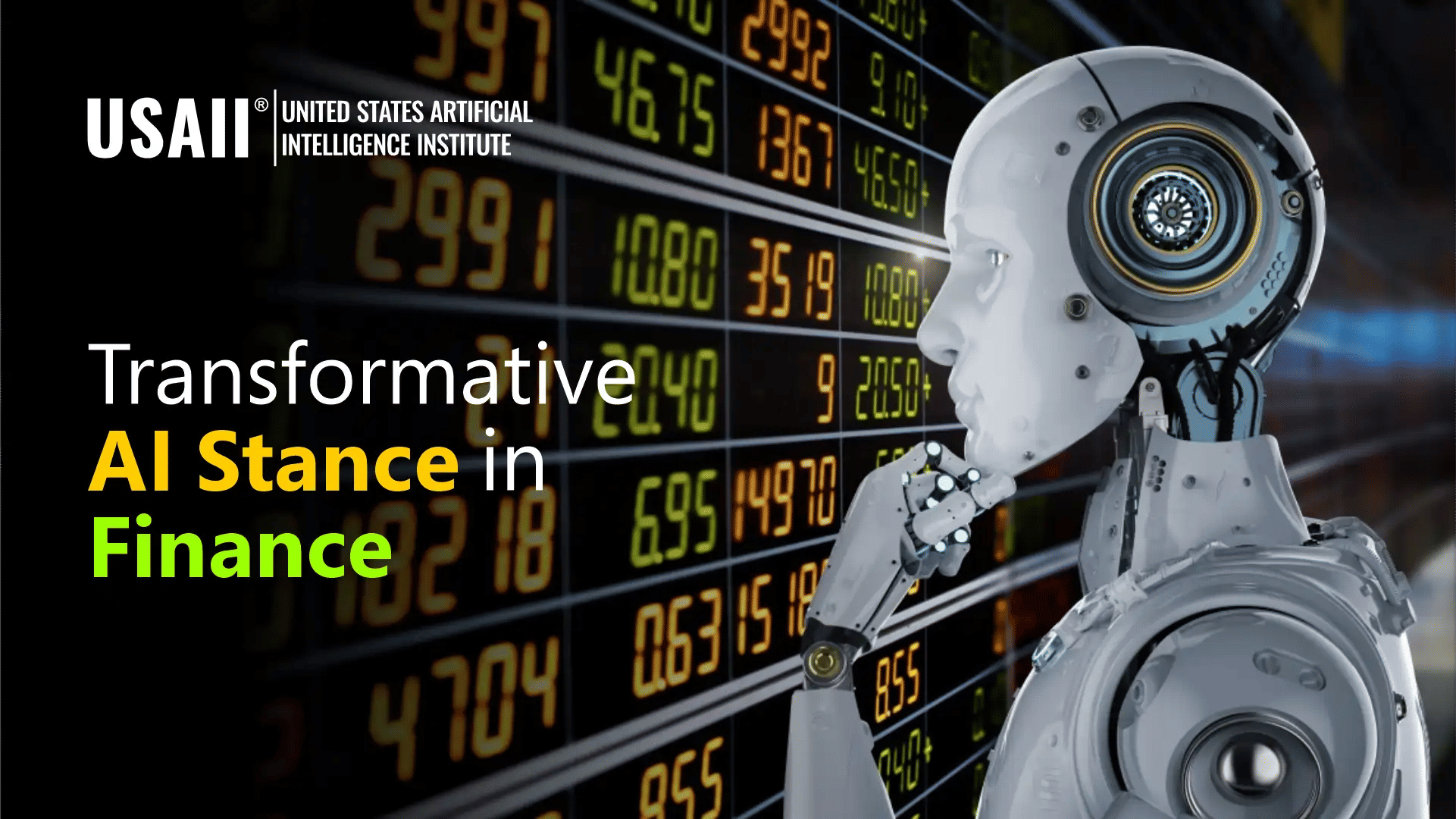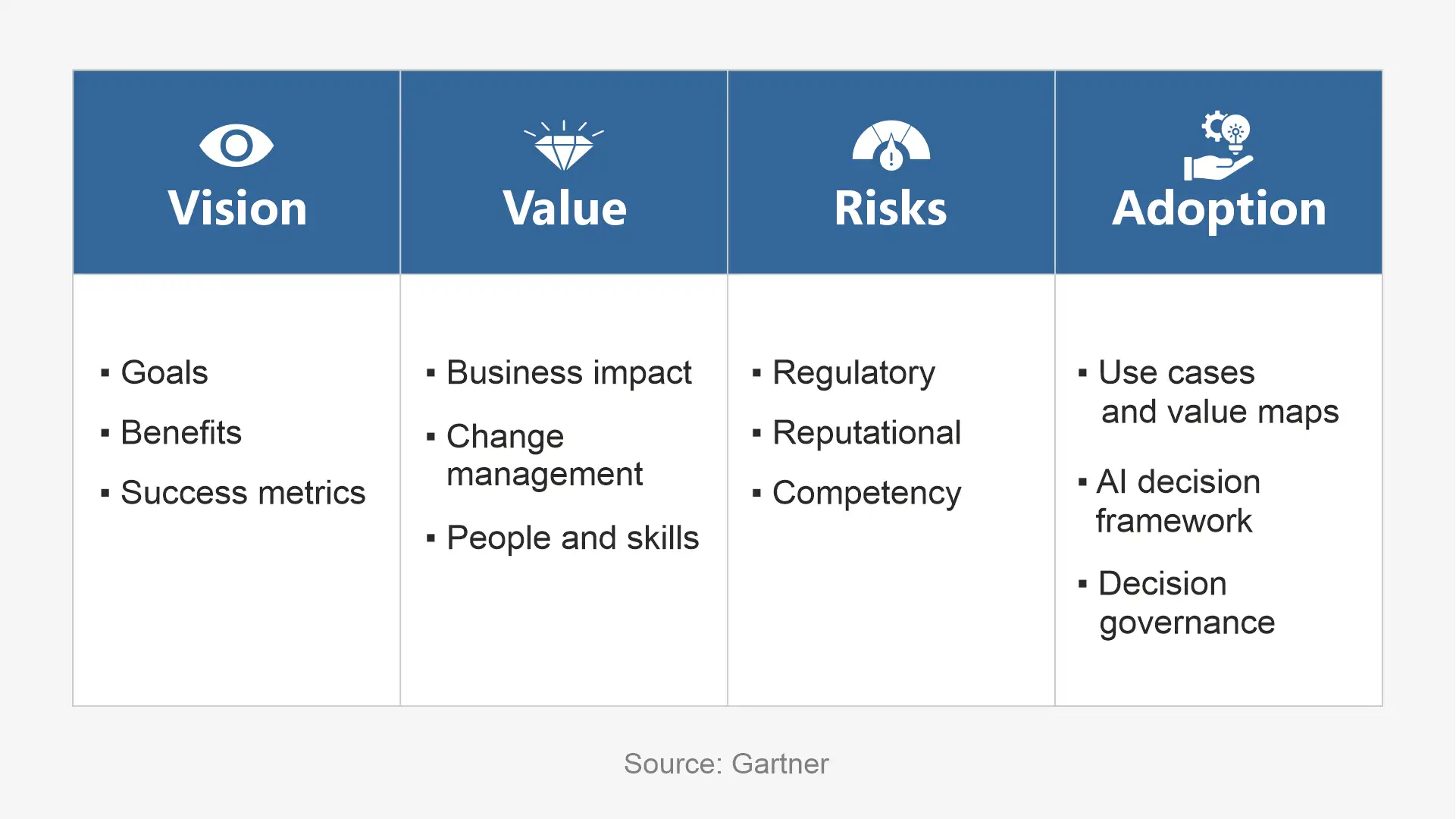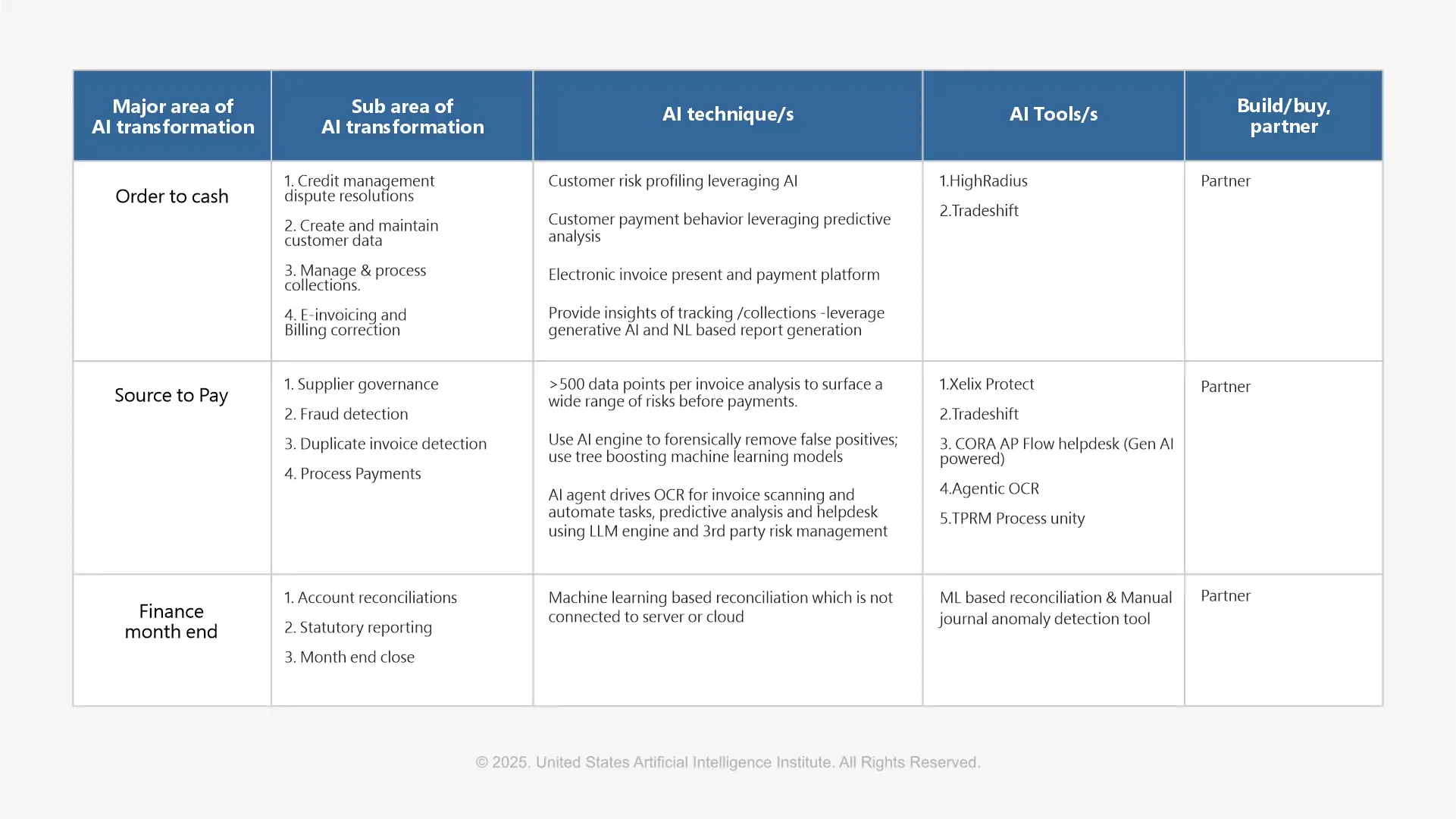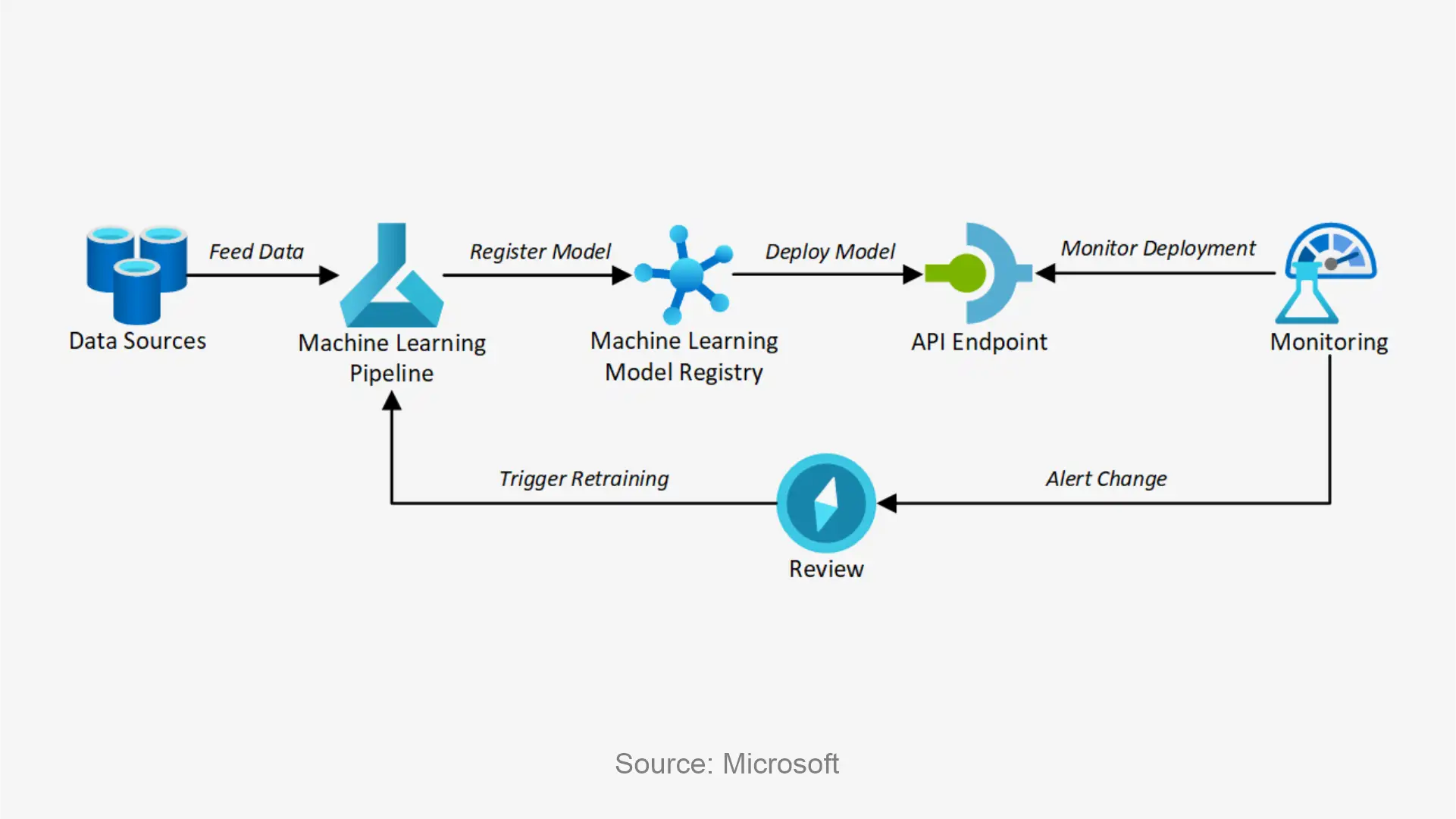
This paper is the AI transformation plan of Finance processes for one of leading European companies engaged in manufacturing, sales and service of heating, ventilation and air conditioning systems (HVAC) with its application and development centers across major geographic regions.
Since 2020 the organization has worked to bring all sites and offices on single ERP platforms. It has now provided a suitable platform and business maturity on knowledge of systems to be able to appreciate and use immense data available to the next level of
business drivers. Single ERP has helped the company to automate routine processing of invoices, payment, and managing delinquencies; however current automation has not
helped in reduction of invoice errors, collection improvement and customer churn. It has initiated system automation to the next level using AI based tools across its value streams of order to cash, source to pay, HR and financial reporting processes.
A conservative estimation of the profit realized because of implementing AI technologies and solutions is ~ 15%-25% over current plus soft returns in terms of employee retention,
less customer churn and innovation. Caution has been taken to discount the uncertainty of benefits, computing ROI based on point of time and taking all value stream projects
individually with a room of adjustment
Strategic plan
Strategic alignment
The organization of customer and supplier base is spread across geographies. To gauge the right market, the organization is leveraging Gartner AI adoption strategy framework (source Gartner 730S70_c) which consists of Vision, Value, risk and adoption and tailor this to suit our organization vision and customer centric value system

1. Transformation vision
2. Value: value delivery levels
3. Risks
4. Adoption
Assessment and Preparation
AI and Technology Selection
We are not sharing the cost of implementing this due to business confidentiality. However it is fair statement that the solutions are pre built with advanced AI features . The license costs are taken with a baseline of transactions and user base

Development and Deployment
Phased approach to Develop and deploy the new application platform across sites/ plants and offices organization
Phase 1: Platform development environment readiness to be completed by Q1 2025
Phase 2: Integration components and readiness to be completed by Q3 2025
Organization has shortlisted leading development frameworks and libraries for AI development. The Development team will be using TensorFlow and PyTorch ML model development. Additionally, AI libraries such as Scikit-Learn, Keras, and Caffe, which provide the developers with API sets to accelerate application development and deploy with flexibility to innovate as much as possible. Tools like Scikit have an easy to learn approach and low code giving them an advantage for our organization which is low on AI learning curve and looking for mature as we implement and grow. Kera offers a more intuitive interface to build complex neural networks
For managing development Organization is keen to leveraging its knowledge workforce on AzureDevops AI capabilities for requirement generation and analysis, data driven decision making, code analysis, automated testing enhancement, monitoring and feedback.
The organization will be leveraging Planview copilot for portfolio management. The internal userbase is trained to use Copilot.
Phase 3: Value stream Phase wise deployment s change management Q4 2025 – Q3 2026
The organization has developed a cluster roll-out approach supported by ADKAR model of change management. It will be using a comprehensive set of tools to provide E2E
deployment and support. Key features include
Monitoring and Evaluation
Throughout the building and deployment of these tools, addressing model drift identified by monitoring is critical component for successful deployment.

The organization is working with its implementation partner to establish a mechanism to address the change in context of data and concepts.
Conclusion
The integration of new technologies leveraging AI and ML with our core DT systems supporting business is a strategic initiative to help redesign three core E2E business processes and drive maturing organization’s performance across functions and geographies. We have strong endorsement and support from our executive leaders to navigate challenges through prioritization, communication and change management.
Follow us: